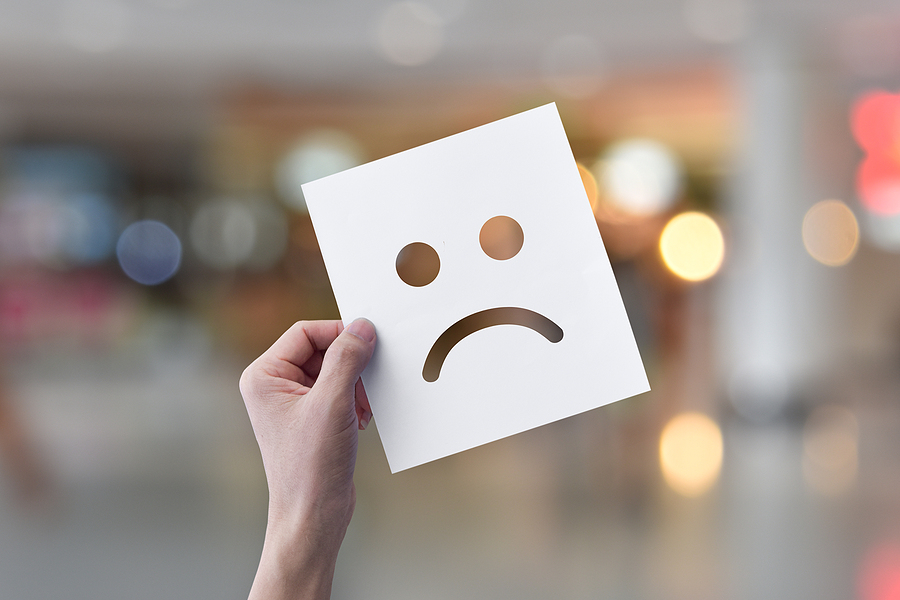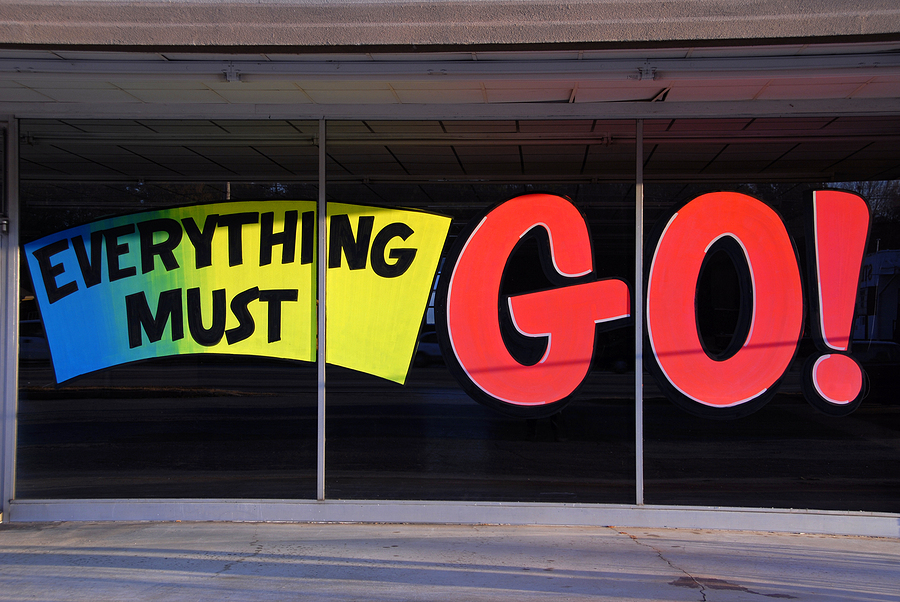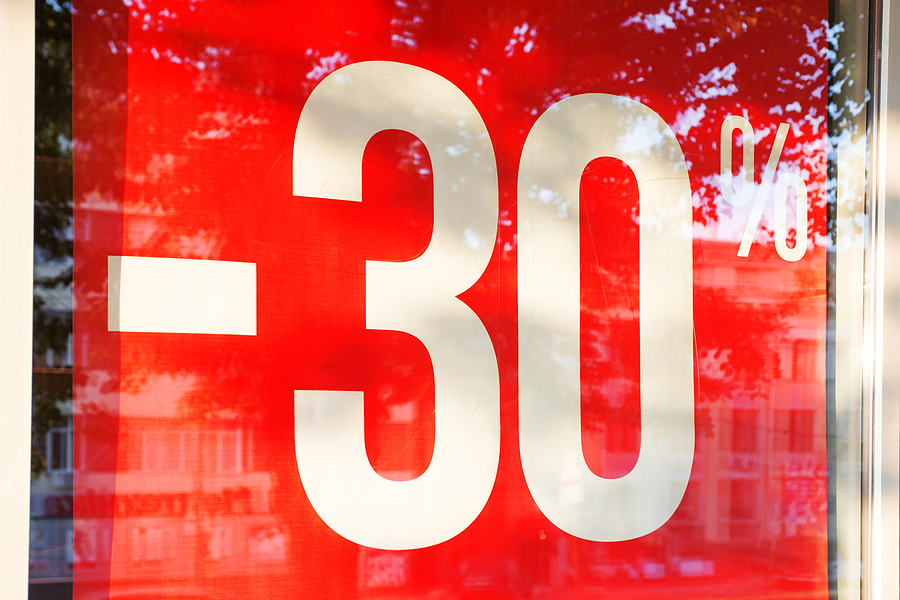Dirt Cheap Central Presents:
How Come Some Products Are So Cheap?
A Summary of a Few Common Reasons
Dirt Cheap Central Presents:
How Come Some
Products Are So Cheap?
A Summary of a Few
Common Reasons
You probably noticed that some products are surprisingly cheap, while supposedly similar ones can be shockingly expensive.
But why? What are the reasons for some products to sell for much less than their market average?
Price is almost always one of the most important considerations we make before a purchase and brands are constantly faced with the dilemma, how much they should charge for their merchandise and what pricing strategies to use.
Ever encountered a low-cost product and wondered why it is priced so inexpensively?
Here are a few possible explanations.
1. Quality Issues

Many people believe that there is a strong correlation between overly-low prices and low quality – and in many cases it’s true.
As the old saying goes, ‘If it sounds too good to be true, it probably is’ and when it comes to unreasonably cheap goods, you can often expect to get what you pay for and end up with a piece of junk.
Needless to say, a poor-quality product may cost you more money in the long run.
What may seem like a great deal and a promising opportunity at first glance, may later turn out to be a lot more expensive than you bargained for.
Is this always the case? Of course not, so simply do your homework before buying.
2. Competition

The more competition there is in the market, the lower the prices.
It’s one of the most basic concepts of economics that every brand is fully aware of.
As any business owner knows, setting prices too high or too low can seriously affect sales.
However, when a product is not particularly unique, similar in nature to other competing options or does not have any key advantage, it will usually compete on price.
In highly-competitive markets pricing wars are a common occurrence.
When diehard competitors fight each other for customers or market share, the inevitable result of this battle is lower prices and much better deals for the consumer.
3. Business Strategy

Different companies use different business models and pricing strategies in order to meet their specific market’s challenges, stay relevant, increase revenue and gain long-term financial success.
In some cases, a ridiculously low price for a product is the result of an aggressive pricing policy that benefits consumers and help them pay less.
For instance, new manufacturers that compete with established brands often use low penetration pricing in order to achieve a large user base quickly, as they launch their product and introduce it to the market.
Businesses that use the ‘everyday low-pricing’ strategy, focus solely on offering the lowest prices in order to attract the masses, win their loyalty and increase the volume of sales.
Many big merchants use the loss leader pricing concept, through which they price certain key or popular products below cost – at a loss to the retailer, in order to stimulate sales of other, profitable goods.
4. Getting Out of Business

There are circumstances in life, where one person’s unfortunate problem can be another person’s incredible opportunity.
We live in a crowded and often chaotic marketplace, in which some businesses do well and some don’t.
When a poorly-performing business is closing its doors for good, going-out-of-business liquidation sales are used to sell the entire inventory before shutting down.
It’s a practical way for retailers to recoup at least part of their losses and for shoppers, it can be a great source for getting heavily discounted bargains.
5. Cheap Labor

China, India, Indonesia, Bangladesh and other countries are famous for having lower labor and production costs.
Lower wages give manufacturers a greater ability to offer their products at much cheaper prices, compared to their rivals in western countries and regions, like the U.S., Japan, Australia, the E.U., etc.
6. Special Sales and Promotions

Many companies use sales, promotions and special discount offers to increase customer demand for their products and services quickly.
In many cases, a great sale can give consumers a time-limited opportunity to buy high quality merchandise at a significantly reduced price.
